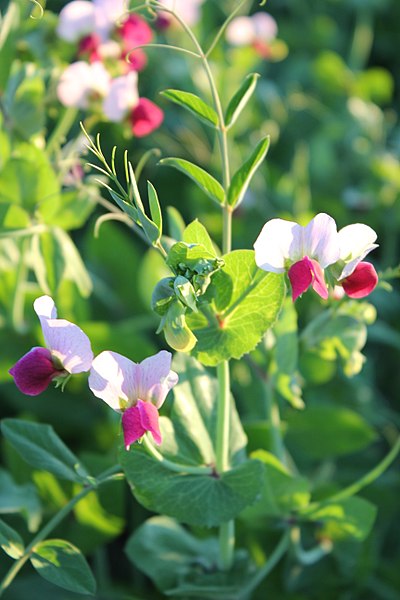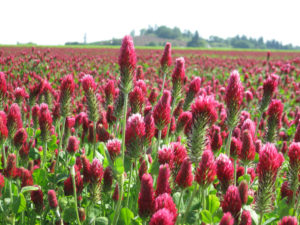As summer starts to wind down and fall approaches, it is time to start thinking about the post-harvest environment of your garden. Best practice shows us that, dollar for dollar, planting a cover crop is the best thing you can do for your garden. Here are some of the benefits: prevents erosion, improves soil health, adds organic matter, attracts pollinators, promotes and feeds your soil biology, increases tilth, and suppresses weeds. What does this mean for you? Your garden will see increased yields, less need for fertilizer, improved moisture and water retention, less issue with disease, insects, and weeds.

The most valuable asset a gardener has is the soil. All of your successes and failures can usually be attributed to the soil you’re planting in. Your soil is an ecosystem (made up of minerals, organic matter, air, water, and biological organisms) that needs a certain balance to be healthy. These various elements all relate to and depend on one another, and a healthy ecosystem means healthy, thriving plants.
When you let your garden sit empty all winter a few things happen: Your top layer of soil and humus is exposed. It becomes eroded and can wash away. Furthermore, there is a network of fungi and bacteria that feeds on carbohydrates, released through the roots of plants. Fungi and bacteria release phosphorus and nitrogen back to the plants, but when nothing is growing, there is no food for them. Your bacterial and fungal populations are starved and are decreased, which has a domino effect on the entire soil food web, including every gardener’s friend the earthworm, which among other organisms rely on fungi and bacteria for food.

No plant growth also means there are no roots reaching down through your soil, and with decreased soil biology there is a compounded effect. Your soil starts to compact. You can almost imagine it, a plant’s roots create channels through the soil, these create space for air and water, along with organisms like earthworms.
Like all plants, cover crops create a build up of carbon, and that carbon feeds soil organisms, which is then converted into humic substances and eventually becomes organic matter. Adequate levels of organic matter improve nutrient availability and soil moisture. This is one way a cover crop can help decrease your need for fertilizer. Additionally, a cover crop can scavenge and collect nutrients left in the soil at the end of the growing season and prevent them from leeching out.
There are many different cover crops that can be used at different times of the year for different purposes. General categories of cover crop include legumes, cereals, grasses, and broadleafs. If you are interested in diving deeper, we recommend Managing Cover Crops Profitably.

We here at Fifth Season Gardening Co. stock a wide variety of cover crops, for many different applications and seasons. They can be planted alone or together in mixes, depending on what your needs are. Some of our most popular varieties include: Spring Oats, Austrian Winter Peas, Crimson Clover, Tillage Radish, Winter Rye, Buckwheat, and Cow Peas. We are happy to work with you to find the variety or blend that will work best for your specific soil needs. Happy Planting!

Kate says
How does using a cover crop work with no til gardening?
brian says
Great question! For no-till gardeners, cover crops can still be sown as normal. When it comes time to kill the cover crop, you’d have two options. Some will cut and turn the biomass into the top couple of inches of soil. A hoe is great for this task. Alternatively, they could be cut and the foliage removed and added to your compost pile. In either case, you’ll still get the benefits of holding soil in place, helping water to absorb more gently, and as roots decompose the result will be some aeration of your soil structure. Best of luck!